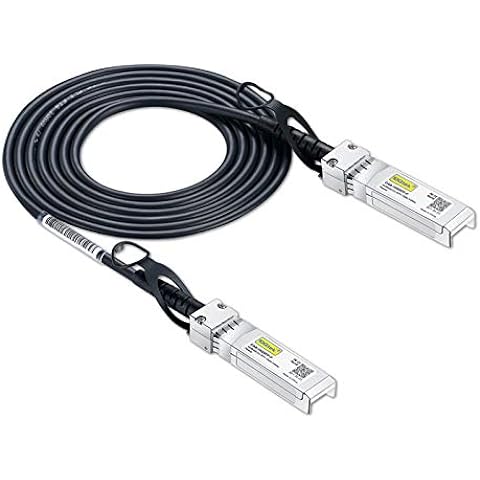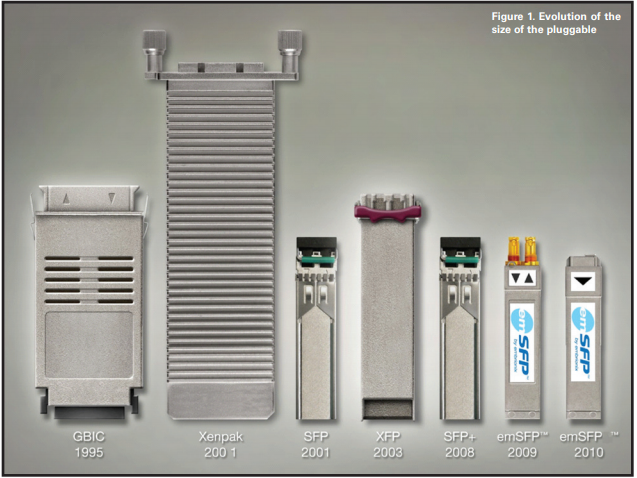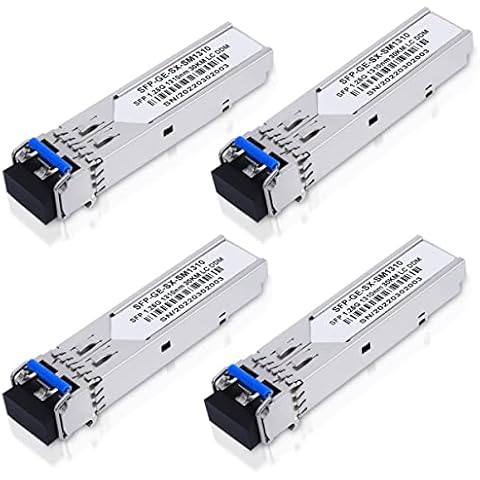SPF Transceivers




SPF Transceivers
SFP (Small Form-factor Pluggable) transceivers are compact, hot-pluggable devices used in networking and telecommunications to connect network switches, routers, and other hardware to fiber optic or copper cables. They are essential for data transmission in modern networks, supporting various communication standards like Ethernet, Fibre Channel, and SONET/SDH.
Advantages of SFP Transceivers:
Flexibility
Allows networks to support different types of cabling and distances.
Scalability
Easy to upgrade or replace without overhauling the entire network.
Cost-Effective
Reduces the need for expensive infrastructure changes.
Key Features of SFP Transceivers:
Hot-Pluggable:
Can be inserted or removed without powering down the device.
Compact Size:
Small form factor allows high port density on networking equipment.
Interchangeability:
Compatible with a wide range of networking devices from different vendors.
Versatility:
Supports multiple data rates (e.g., 1Gbps, 10Gbps, 25Gbps) and media types (fiber optic or copper).
Diagnostics:
Many SFP transceivers support Digital Diagnostic Monitoring (DDM) for real-time performance tracking.
Applications of SFP Transceivers:
Data Centers:
High-speed connectivity between servers and switches.
Telecommunications:
Long-distance communication over fiber optic networks.
Enterprise Networks:
Connecting switches, routers, and other network devices.
Industrial Networks:
Harsh environments requiring ruggedized SFP modules.
Key Considerations When Choosing SFP Transceivers:
Data Rate:
Match the transceiver to the required network speed (e.g., 1G, 10G, 25G).
Distance:
Choose the appropriate fiber type (multi-mode for short distances, single-mode for long distances).
Wavelength:
Ensure compatibility with the network’s optical wavelength (e.g., 850nm, 1310nm, 1550nm).
Compatibility:
Verify compatibility with the networking hardware (some vendors lock transceivers to their devices).
Budget:
Consider cost differences between vendor-branded and third-party transceivers.
Types of SFP Transceivers:
SFP (1G SFP):
- Supports data rates up to 1 Gbps.
- Commonly used in Gigabit Ethernet
- Available in multi-mode (MM) and single-mode (SM) fiber variants.
SFP+ (10G SFP):
- Supports data rates up to 10 Gbps.
- Backward compatible with SFP slots but at 1G speeds.
- Used in 10 Gigabit Ethernet networks.
SFP28:
- Supports data rates up to 25 Gbps.
- Used in high-speed data centers and 5G networks
QSFP (Quad SFP):
- Supports higher data rates (40Gbps, 100Gbps, 400Gbps).
- Contains four channels for increased bandwidth.
Copper SFP:
- Uses RJ45 connectors for copper cabling (e.g., Cat5e, Cat6).
- Typically supports distances up to 100 meters.
Fiber SFP:
- Uses LC connectors for fiber optic cabling.
- Supports longer distances (up to 120 km for single-mode fiber).
